How To Identify (and protect yourself from) Asbestos When Urban Exploring
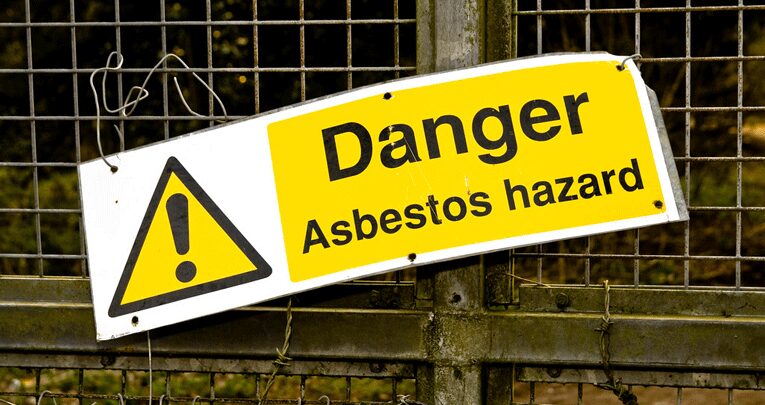
I have a challenge for you: Name 5 or more dangers of urban exploration that you can think of. Ready, go!
………
How many did you come up with? More than 5 I hope.
If within those dangers that you listed, Asbestos in abandoned buildings didn’t come to mind, you need to STOP urban exploring right now.
I’m being deadly serious. Asbestos is no joke.
Until you fully understand what asbestos is, how to spot it, and how to avoid exposure to it, you should not be exploring abandoned buildings.
As urban explorers, we face a minefield of dangers when exploring abandoned buildings.
Asbestos in abandoned buildings is one of the most dangerous things that pose a huge risk to us.
If you’ve ever watched any urban exploration youtube videos and you’ve seen the explorers wearing a respirator mask, it’s not because they’re covering their noses from any terrible smells.
It’s because they’re aware of the dangers of asbestos and they’re protecting themselves from it.
Before you go on your next exploration, you need to make sure you know how to identify asbestos and how to protect yourself from it.
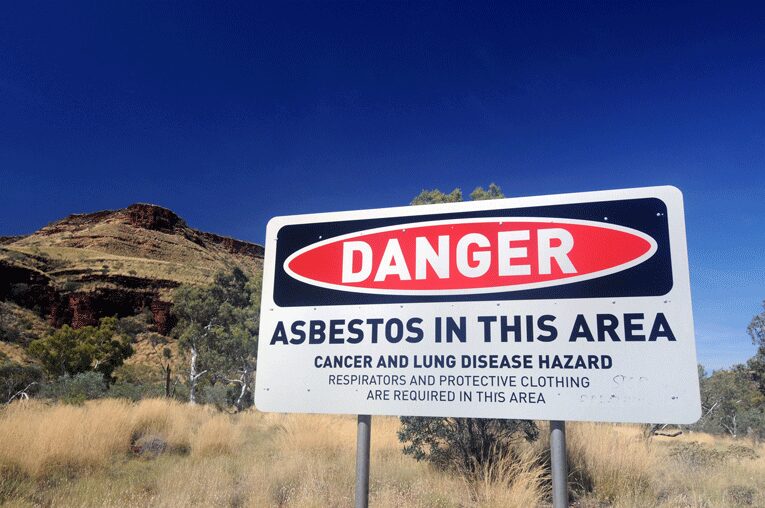
What Is Asbestos?
Asbestos is a combination of naturally occurring silicate minerals that are composed of long and thin needle-like microscopic fibers.
These tiny fibers (or fibrils) can be inhaled where they can lodge into your lungs which can potentially cause cancer or diseases such as mesothelioma and asbestosis.
Asbestos has been popularly used for hundreds of years in the construction of buildings. It’s commonly used for insulation and protection of certain parts of a building.
Older buildings, especially those built before the 1980s, are more likely to contain asbestos.
Although asbestos is a good construction material, it can pose a serious health risk if you are exposed to it.
Take into consideration that asbestos is so small that it can’t always be seen with the naked eye. This is when asbestos is at it’s most dangerous.
Asbestos is safe when it’s left undisturbed. It becomes dangerous when it’s airborne. Since you can’t really see it, you can accidentally inhale it.
Knowing where asbestos is most commonly found and what it looks like can help you avoid exposure to it.
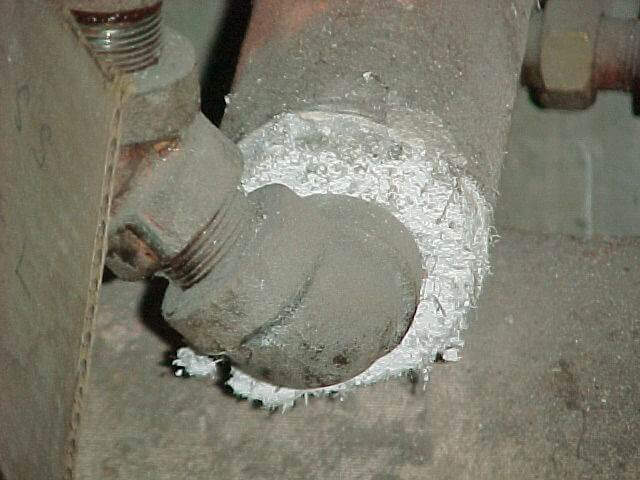
Here’s how to ID asbestos
Asbestos comes in many different forms and colors. From white, brown, gray, to even blue. It’s in spray form, cement, paint, and mixed in with other different construction materials.
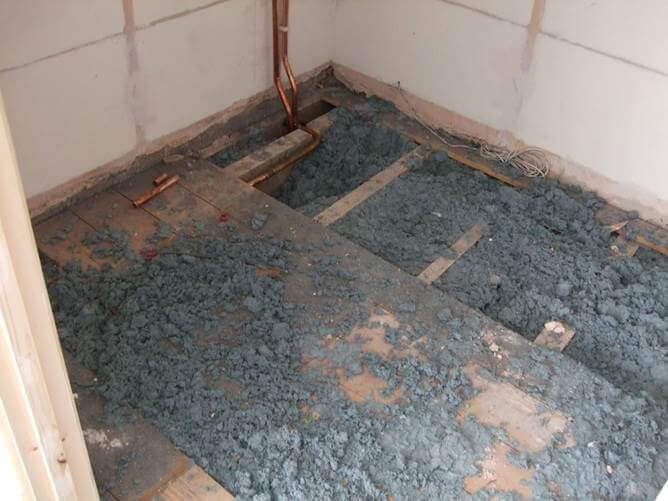
It can have a fluffy texture similar to that of cotton. Which is most commonly found wrapped around pipes or stuffed in doors/walls for insulation.
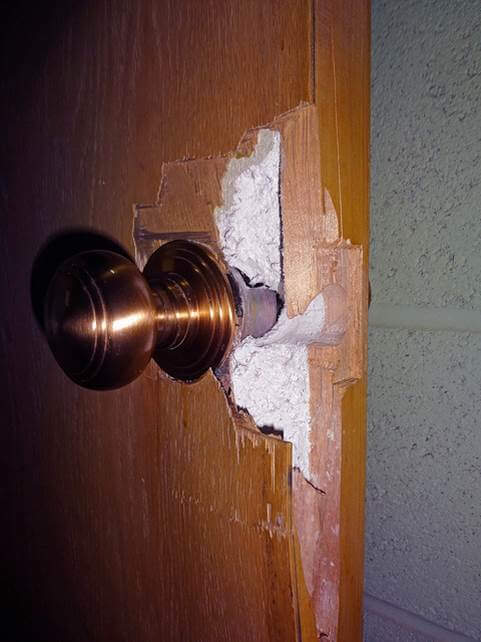
Asbestos can be found in so many places of an abandoned buildings. Some of the most common places are:
- Pipes
- Walls
- Floor-tiles
- Around boilers pipes (For insulation)
- Fireplaces
- Ceilings
- Sheetrock
- Cement
Just about every part of a building can contain asbestos. But that doesn’t mean all parts of a building have them. There are some buildings that have asbestos warning signs posted all around them. Be on the lookout for these signs.
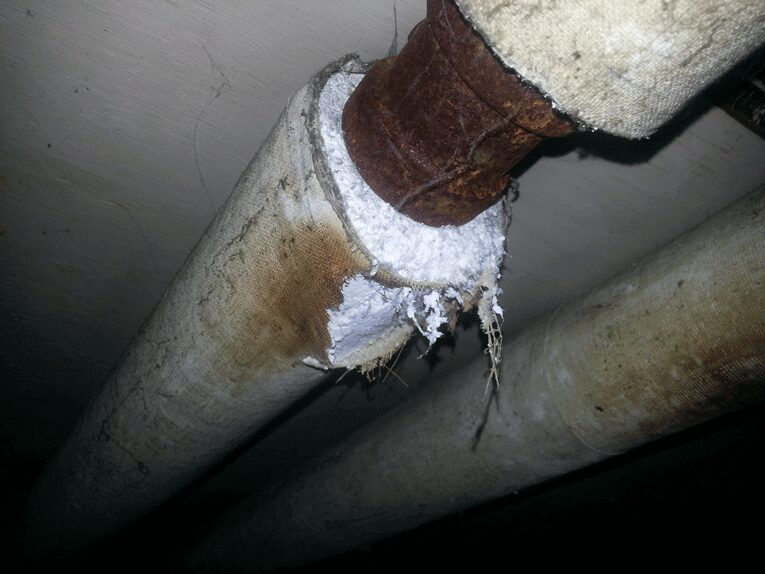
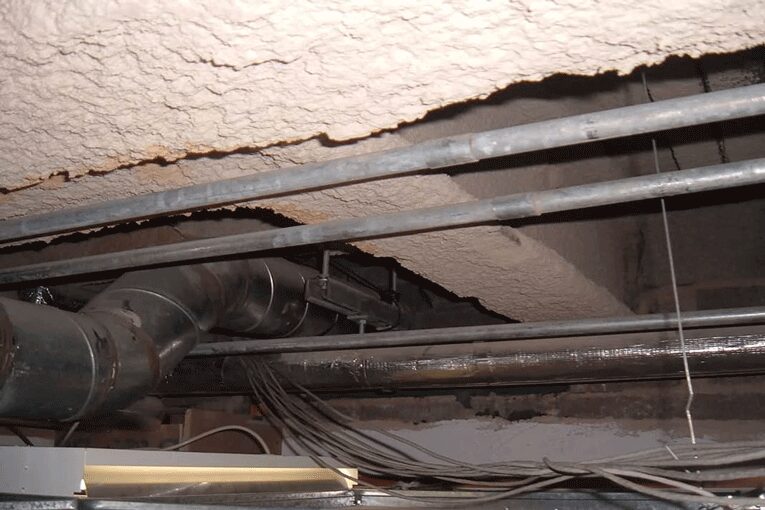
How To Protect Yourself From Asbestos Exposure
A common misconception about asbestos is that it’s only harmful when you’ve been exposed to it for a long period of time.
Asbestos in small doses can indeed cause some harm to you (without developing cancer).
This is why it’s important to wear the proper gear when urban exploring.
A respirator mask with asbestos-rated filters, hand gloves, and proper clothing can all keep you safe when out exploring.
Your safety should always be of the utmost importance.
Wear a respirator mask
The absolute best way to avoid asbestos exposure is to wear a respirator mask. If you’re new to urban exploring and don’t know which respirator mask to get, don’t worry.
I wrote an article where I recommend a couple of respirator masks for urban exploration that you can buy.
It’s important to know that there are different filters available for a respirator mask. Not all are the same and not all protect from asbestos.
You need to make sure that the filters you use on your respirator mask are rated for asbestos protection. In the article I just linked, I included the proper filter each respirator mask requires.
The proper filters for a respirator mask used for urbex should be labeled P100.
The most commonly used respirator mask, also the one I used, is the 3M 6000 Half-Face Respirator with P100 pink filters.
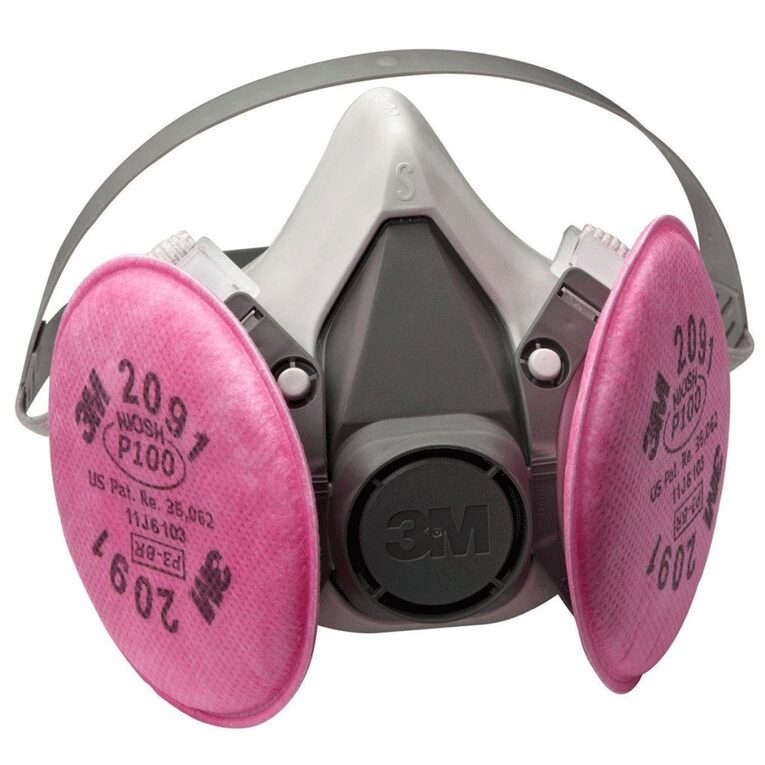
Notice that the pink filters have “P100” labeled on them. You should always make sure to use filters that have that label. Keep that in mind when buying replacement filters!
If you purchase filters that say something like “N95, R99, N100” or anything else that isn’t “P100” you will be at risk of asbestos exposure. Since those types of filters don’t protect against asbestos.
This is why it’s important to only use filters that are labeled P100.
And no, in case you were wondering, a disposable dust mask (see photo below) is not the same as a respirator. They offer really poor sealing and do not protect against asbestos exposure.
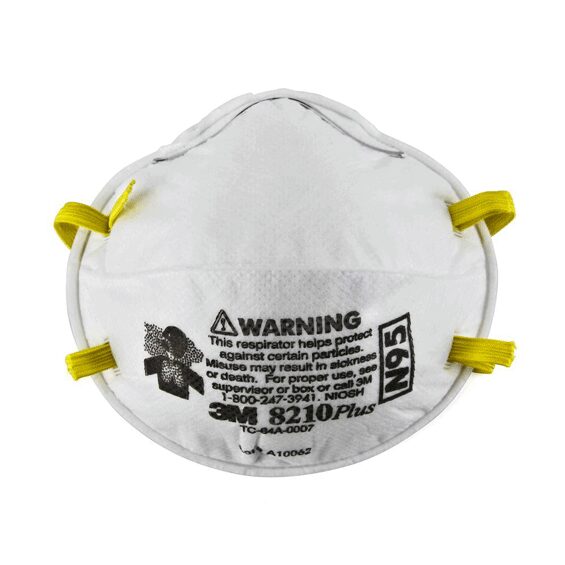
Avoid areas of a building with asbestos
Now that you have an idea of what asbestos in abandoned buildings looks like and where it’s commonly found, you can make the decision to avoid areas of a building that contain asbestos.
Places like a boiler room, that are full of pipes running everywhere to a building. These rooms are more likely to have asbestos insulation around pipes.
Rooms that are completely falling apart and have broken ceiling tiles just hanging about could be spreading asbestos everywhere.
Of course, asbestos could be used in just about any room of a building. But that doesn’t mean all rooms have it.
You need to decide for yourself if the room you’re entering to explore has asbestos or not. From there you make the decision if you want to completely avoid exploring the room or not.
Although asbestos is only dangerous when it’s airborne, you can avoid exposure altogether by not going into an area of a building that you know contains asbestos.
If you do decide to explore a room that you think, or know, that has asbestos be sure to wear your respirator mask.
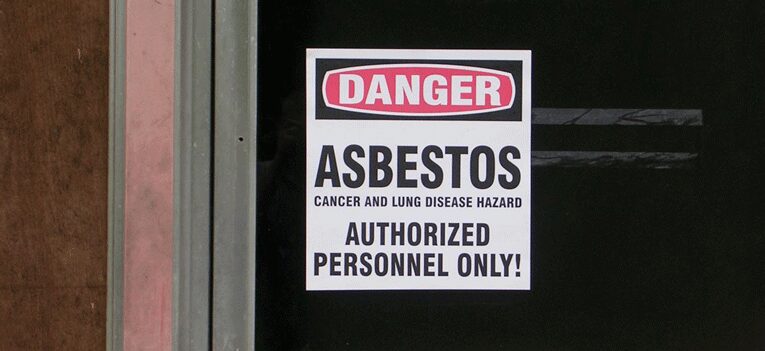
Don’t kick up dust in areas you think asbestos is present.
As I’ve said, asbestos is most dangerous when it’s airborne.
If you’re moving around too much and kicking up dust in an area you think might have asbestos, you are unknowingly putting yourself at risk.
Asbestos doesn’t fly off by itself, something has to disturb it and kick it up into the air.
Even as you’re casually walking around a room, you could be kicking up dust into the air. If there’s asbestos on the ground, you will be exposed to it.
The best thing you can do is simply wear your respirator mask and watch where you walk.
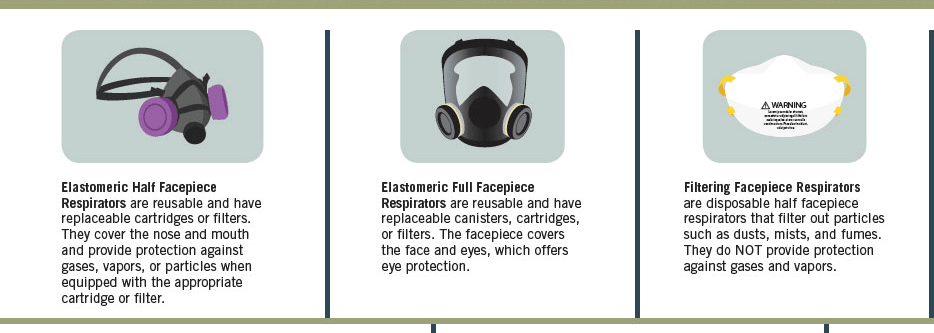
What Other Gear Is Needed To Avoid Exposure To Asbestos?
A respirator mask with the proper P100 filters is enough to protect you against asbestos going into your lungs and causing you harm.
But a respirator mask is only good for protecting your nose and mouth. What about the rest of your body?
There are 3 things I like to have with me to make sure I don’t expose myself to asbestos. Not all urban explorers use these but I personally do and I recommend you do as well.
Those 3 things are:
- Hand-gloves: A proper pair of hand-gloves is ideal to protect your hands. You don’t want to accidentally grab something that could contain asbestos and carry it around all day in your hands.
- A change of clothes/shoes: You might not know this but asbestos can stick onto your clothes and shoes. Even well after you’ve left an abandoned building. You can unknowingly carry asbestos with you to your car and home. A simple change of clothes/shoes that you keep in your car that you can change into when you’re done exploring is great to have.
- Wet-wipes: I use wet-wipes to clean my gear after I’m done using it. My camera, tripod, respirator mask, cell-phone, and anything else that might possibly have asbestos stuck on it. Also, this is something I do personally. After I’m done using my gear and I’ve cleaned it, I like to put it in a sealed plastic bag. Just to make sure that any other items I have in my car don’t come in contact with any contaminated gear.
Asbestos Is a Danger That Needs To Be Taken Seriously
One of the least known dangers of urban exploration is exposure to asbestos.
Even though it’s one of the most dangerous elements present in abandoned buildings, urban explorers are blissfully unaware of it.
Therefore they don’t protect themselves which leaves them vulnerable to exposure.
Don’t be one of those explorers that don’t take a respirator mask when you’re out exploring. You now know what asbestos is and what it can do, so do the right thing and protect yourself from it.
I’ve said it before and I’ll say it again.
Your safety should be of the utmost importance to you when you’re out exploring.
So wear the proper urbex safety gear!